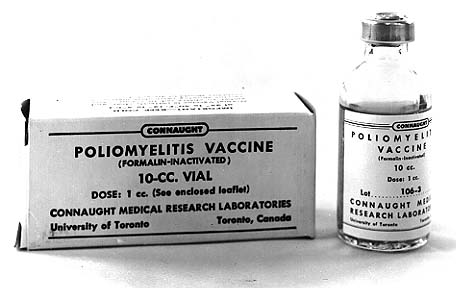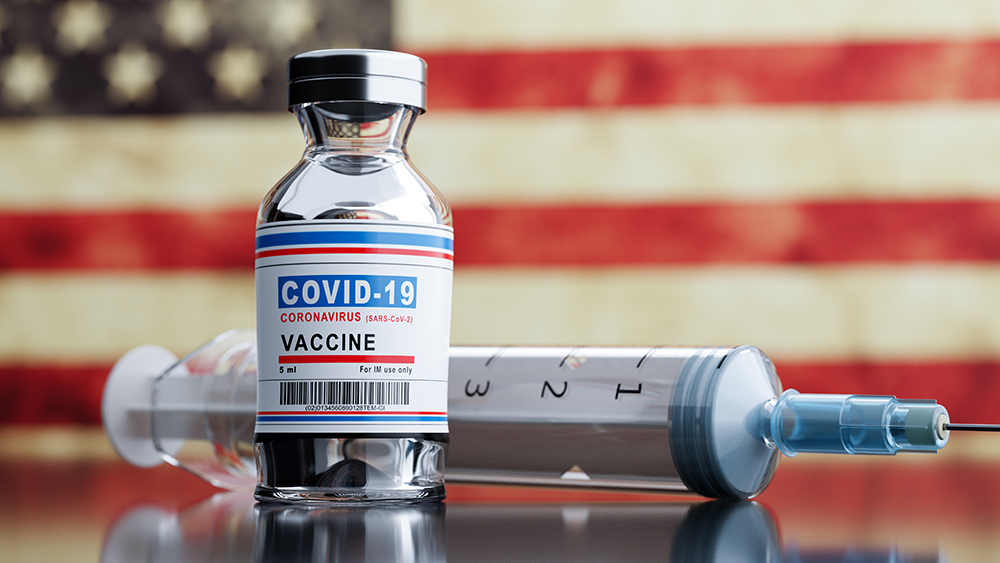Lower your blood sugar and keep your glucose levels balanced with these foods
08/30/2022 / By Zoey Sky

When you have diabetes, you have to be careful about what you eat. But even if you don’t have this health condition, it’s important to know that blood sugar and glucose spikes are closely linked to your diet.
Some foods are more likely to cause glucose spikes than others. Even if you are in good health, monitoring spikes can do wonders for your overall health.
At the same time, following a balanced diet and eating certain superfoods like fiber-rich veggies can help regulate your mood, concentration and energy levels.
Carbohydrates in their many forms are turned into glucose as they’re digested, which then increases your blood sugar. Everyone is unique in how their body is affected by food, including your reaction to how quickly your glucose levels become elevated after eating carbs.
Specific food pairings may help keep your blood sugar levels stable. But there aren’t a lot of foods that can rapidly decrease glucose.
If you’re worried about your blood sugar, it’s better to monitor how certain meals affect your glucose levels. You can also use ingredients that help you feel more stable.
Below are foods that can help immediately lower your blood sugar if you’re experiencing a sugar spike.
Apple cider vinegar
Pairing apple cider vinegar (ACV), a kitchen staple, with your meals can help regulate glucose spikes and maintain healthy blood sugar levels.
ACV is often used in many home remedies for weight loss and blood sugar balance. Dr. Bindiya Gandhi, an integrative medicine doctor, explained that consuming ACV regularly can help improve glycemic control and oxidative stress in patients with diabetes and high cholesterol.

Since ACV is very sour, it can take some getting used to. Take at least one to two tablespoons of apple cider vinegar a day and dilute it in a glass of water to tone down the sourness.
Cinnamon
Cinnamon is a spice that can also help keep your blood sugar levels in check.
Data from two studies suggest that cinnamon “modestly reported improving blood sugar in small patient sample sizes.” While it’s not the standard of care, you can use it moderately to boost your overall health.
Add cinnamon oatmeal for breakfast or add some Greek yogurt for a quick and healthy snack. You can also add cinnamon into a fiber-rich smoothie to keep your energy levels stable and avoid glucose spikes. (Related: 4 Health benefits of cinnamon, a powerful spice that can help reduce blood sugar levels.)
Fiber-rich foods
Generally, foods rich in fiber are good for you.
As a bonus, dietary fiber can also help support healthy blood sugar levels. Fiber helps you feel full and research also suggests that it can help balance your blood sugars.
Following a high-fiber diet can help improve “blood sugar balance and the concentration of lipoprotein or cholesterol in diabetic patients,” said Gandhi.
To meet your fiber goals, add fiber-rich superfoods like chia seeds, flaxseeds, legumes, lentils or leafy greens to your diet.
Fenugreek
Fenugreek is a flavorful herb that is delicious and clover-adjacent. Add fenugreek to various dishes to help balance blood sugar levels.
However, you should avoid fenugreek if you are lactating because it may affect your breastmilk supply.
Otherwise, fenugreek is “an excellent, easy addition” to a balanced diet. According to studies, a diet rich in fenugreek can help improve glucose tolerance, reduce urinary glucose and improve total cholesterol and triglyceride numbers.
High-protein foods
Including protein in a balanced diet will help fuel your muscles and energy levels. Whether you follow a plant-based or meat-eating diet, protein-rich foods can help maintain normal blood sugar levels.
Gandhi explained that diets rich in protein help lower blood sugar after you eat. It also balances your insulin much better in the long run.
Animal-based sources of protein include eggs and salmon. If you prefer plant-based sources, eat more chia seeds, hemp seeds, legumes, lentils and nuts.
Instead of eating a carb-heavy meal, include a serving of protein to keep your blood sugar in check. Adding animal protein to a meal helps “mute the glucose response the most,” said James.
For your next protein-rich meal, add chicken to a salad sandwich to produce a lower glucose response than just eating a salad sandwich. Alternatively, you can add wild salmon to a grain bowl to mute the grain bowl’s glycemic spike.
Other healthy ways to regulate your blood sugar levels
Here are other healthy ways to naturally regulate your blood sugar.
- Eat bigger meals earlier in the day, like breakfast or lunch.
- Instead of eating big meals frequently, eat more healthy snacks throughout the day.
- Stay hydrated and drinks lots of water.
- Take a probiotic.
- Manage your carb intake to avoid increasing your blood sugar levels.
- Practice portion control if you need help regulating your calorie intake and maintaining a healthy weight.
- Go on a walk after a having large meal.
- Manage your stress levels.
- Try to exercise regularly. This can also help with weight management.
- Get enough sleep every night. This helps you feel more well-rested and maintain your glucose levels.
Recipes that can help lower blood sugar
If you’re at a loss on what to cook, here are some simple and tasty recipes to try that can help lower your blood sugar.
Vegan chickpea quinoa stew
This hearty stew combines chickpeas and quinoa, two superfoods full of protein.
Ingredients for six servings:
- 1 28 oz. Can diced tomatoes, keep the juice
- 1 19 oz. Can of chickpeas, drained and rinsed (or 2 cups cooked chickpeas, 360 g)
- 2.5 Cups vegetable broth (625 mL)
- 1 Cup carrots (130 g, or about 2 large carrots), peeled and chopped
- 1 Cup celery (130 g, about 3 medium ribs), chopped
- 1/2 Cup light coconut milk (or full-fat for a thicker, creamier stew)
- 1/2 Cup packed, fresh cilantro, finely chopped
- 1/2 Cup uncooked quinoa, rinsed (80 g)
- 1 Heaping cup white onion (175 g, 1/2 a large or one small onion), diced
- 3 Cloves garlic, minced
- 1 Tablespoon fresh ginger, peeled and minced
- 2 Teaspoons curry powder
- 1 Teaspoon ground coriander
- 1 Teaspoon ground cumin
- Salt and pepper, to taste
Preparation:
- Add the carrot, celery, onion, garlic and ginger to a large soup pot with two tablespoons of the vegetable broth. Cook the mixture for six to seven minutes over medium heat until softened and fragrant, stirring often.
- Stir in the spices to the vegetables and cook for another minute.
- Add the broth, quinoa and diced tomatoes to the cooked vegetables and lightly simmer for 15 minutes or until the quinoa is cooked.
- Stir in the chickpeas, coconut milk and cilantro. Turn off the heat and let the stew sit for another five to 10 minutes to thicken.
- Season the stew with salt and pepper before serving.
Zoodle stir fry
Make zucchini noodle (zoodle) stir fry if you’re craving a delicious meal that’s easy to prepare and full of nutritious vegetables.
Ingredients for 1 serving:
- 2 Zucchini, spiralized
- 1 Cup fresh broccoli, chopped
- 1 Cup matchstick carrots
- 1 Cup snow peas, julienne sliced
- 1/4 Red onion, sliced
- 1 Tablespoon grape seed oil
- 1 Tablespoon sesame oil
- 1/4 Teaspoon kosher salt
Preparation:
- Once all the vegetables are cleaned and chopped, preheat a large skillet or wok on high heat with the grapeseed oil and sesame oil. Place the chopped carrots, broccoli, onions and snow peas in the skillet. Sprinkle salt on top and mix the vegetables so the oil evenly coats all vegetables. Place the lid on the skillet and reduce the heat to medium. Sweat the vegetables for three minutes, stirring occasionally.
- While the vegetables are cooking, get a small bowl and mix the ground ginger and minced garlic in water, soy sauce, vegetable stock, a dash of red pepper flakes and cornstarch. Mix well and set aside.
- Once the vegetables have sweated for three minutes, add the zoodles. Mix well and place the lid on the skillet. Increase the heat to high and let the mixture cook for two minutes. Mix after one minute, then pour in the sauce.
- Mix well and serve immediately warm.
Follow a balanced diet and eat foods rich in fiber and protein to lower your blood sugar levels.
Watch the video below to learn how to make a diabetes-friendly poached salmon.
This video is from the Vegan Shenanigan channel on Brighteon.com.
More related stories:
Dr. Bryan Ardis talks with Dr. Mark Sherwood about obesity, diabetes and COVID – Brighteon.TV.
Lipitor, a statin drug commonly prescribed to lower cholesterol, INCREASES risk of Type 2 diabetes.
Health and nutrition: Study links eating a plant-based diet to lower risk of diabetes.
Sources include:
Submit a correction >>
Tagged Under:
alternative medicine, anti-diabetes, apple cider vinegar, blood sugar, cinnamon, diabetes cure, fenugreek, fiber, food cures, food is medicine, food science, functional food, health science, natural cures, natural health, natural medicine, prevent diabetes, protein, remedies
This article may contain statements that reflect the opinion of the author





















